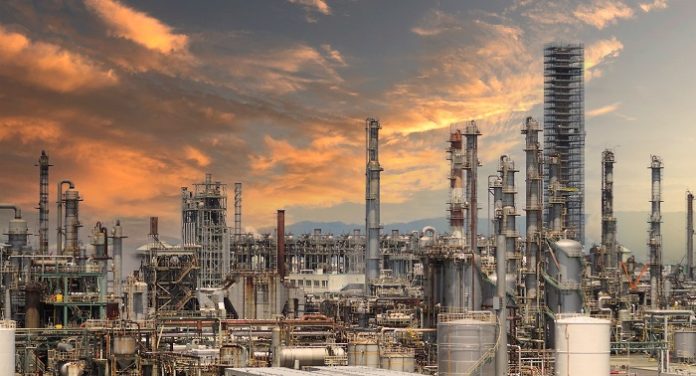India emerged as the second-largest importer of ethane from the United States in 2023, trailing only China, driven by increasing demand for petrochemicals, competitive prices of the commodity in the US market, and an expansion in tanker capacity. Ethane finds extensive application in the production of plastics, antifreeze, and detergents.
The United States, having commenced ethane exports since 2014, observed a noteworthy average export volume of 4,71,000 barrels per day (bpd) in 2023, marking a significant increase of 57,000 barrels per day from the preceding record. According to the US Energy Information Administration (EIA), the surge in ethane exports was propelled by the growing global demand for petrochemicals and the augmented tanker capacity.
The comparatively lower prices of the United States ethane compared to other feedstocks globally also contributed to the remarkable increase in exports. Notably, China accounted for 45% of United States ethane exports in 2023, followed by India at sixteen percent, Canada at fourteen percent, and Norway at ten percent.
In 2016, India initiated its ethane imports from the United States at 2,000 bpd, which soared to a record 83,000 bpd in 2019. However, amid the disruptions caused by the pandemic, global market instability led to a decrease in imports to 73,000 bpd in 2020.
In 2022, India, as the world’s third-largest energy consumer, imported 76,000 bpd of ethane from the United States, maintaining its status as the second-highest importer. In the past year, India’s imports remained relatively stable at 74,000 bpd.
Indian oil and gas enterprises are actively expanding their petrochemicals business to diversify revenue streams. Furthermore, the escalating demand for petrochemicals domestically is being propelled by the burgeoning industrial, construction, and manufacturing sectors.
In a recent development, GAIL (India), ONGC, and Shell Energy India inked a tripartite memorandum of understanding (MoU) to explore opportunities for ethane and other hydrocarbons import, along with the development of evacuation infrastructure at Shell Energy Terminal, Hazira.
The development underscores the increasing preference for ethane as a petrochemical precursor in India, with significant traction gained in the development of import facilities. Ethane primarily serves as a feedstock in the petrochemical industry for ethylene production, essential in the manufacturing of plastics and resins.
As reported by businessline, while naphtha remains the primary petrochemical feedstock in Asia and Europe, the demand for ethylene is surpassing that of other co-products, diminishing the attractiveness of naphtha cracking.
Ethane’s prominence as an ethylene feedstock can be attributed to its relatively low cost, high ethylene yield, and fewer co-products. Cracking ethane can yield over eighty percent ethylene, whereas naphtha cracking yields as little as thirty percent ethylene.






























